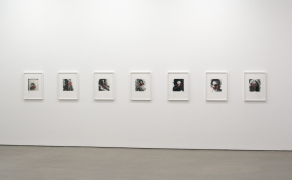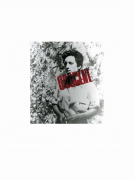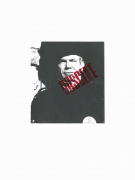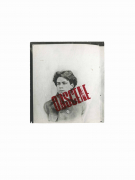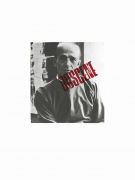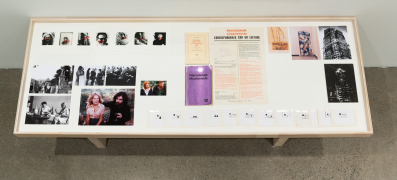Obscène, 1976
Exhibition view of Françoise Sullivan. Radiant Trajectories, 2017, Galerie de l’UQAM
Photo: Galerie de l’UQAM
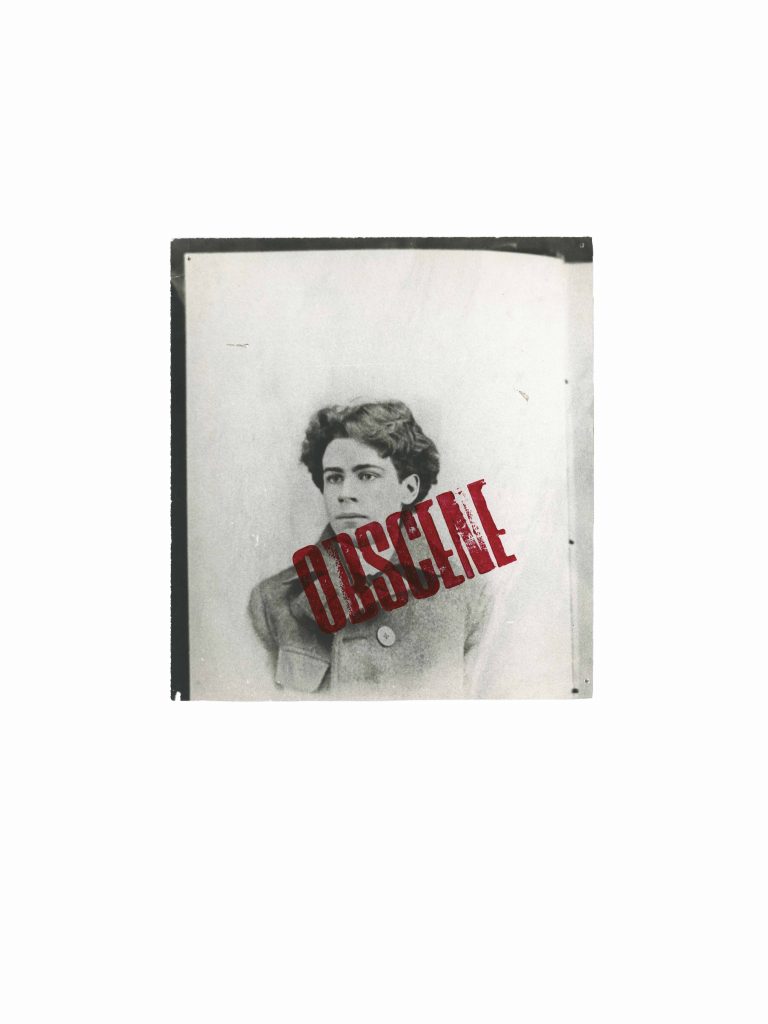
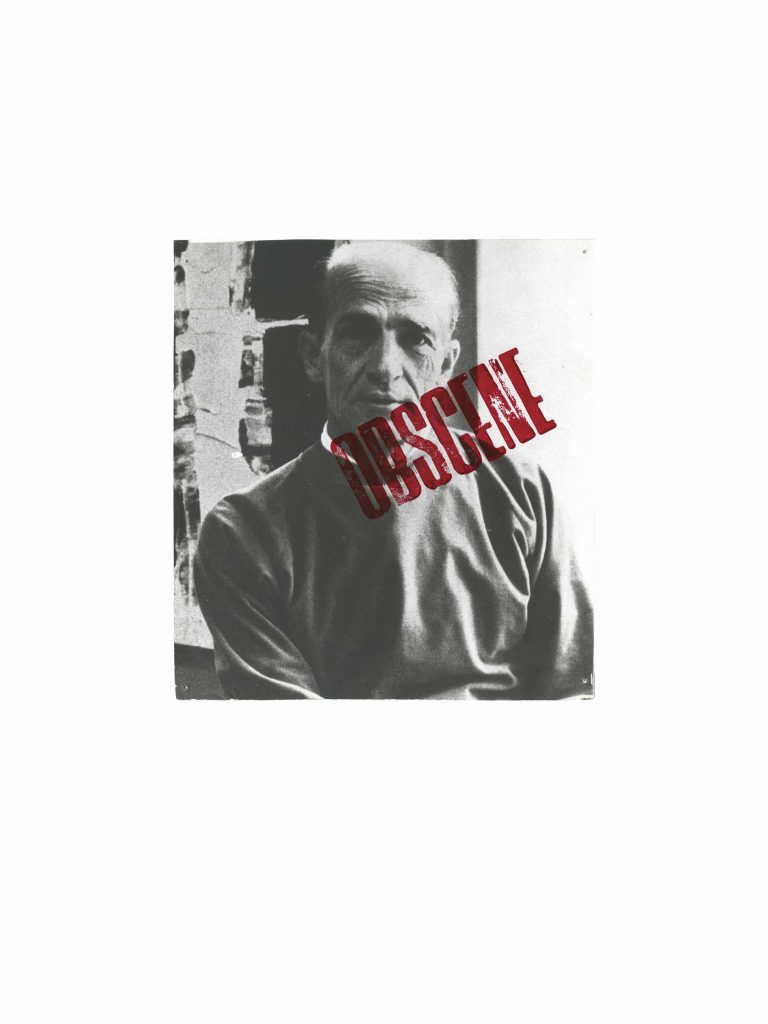
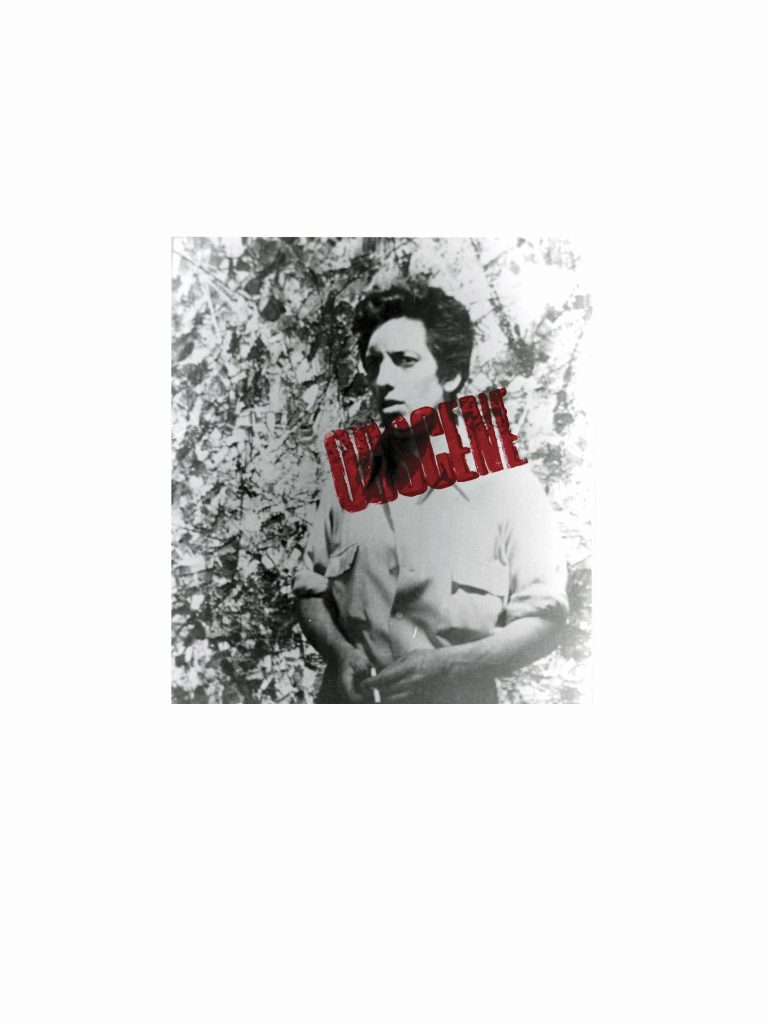
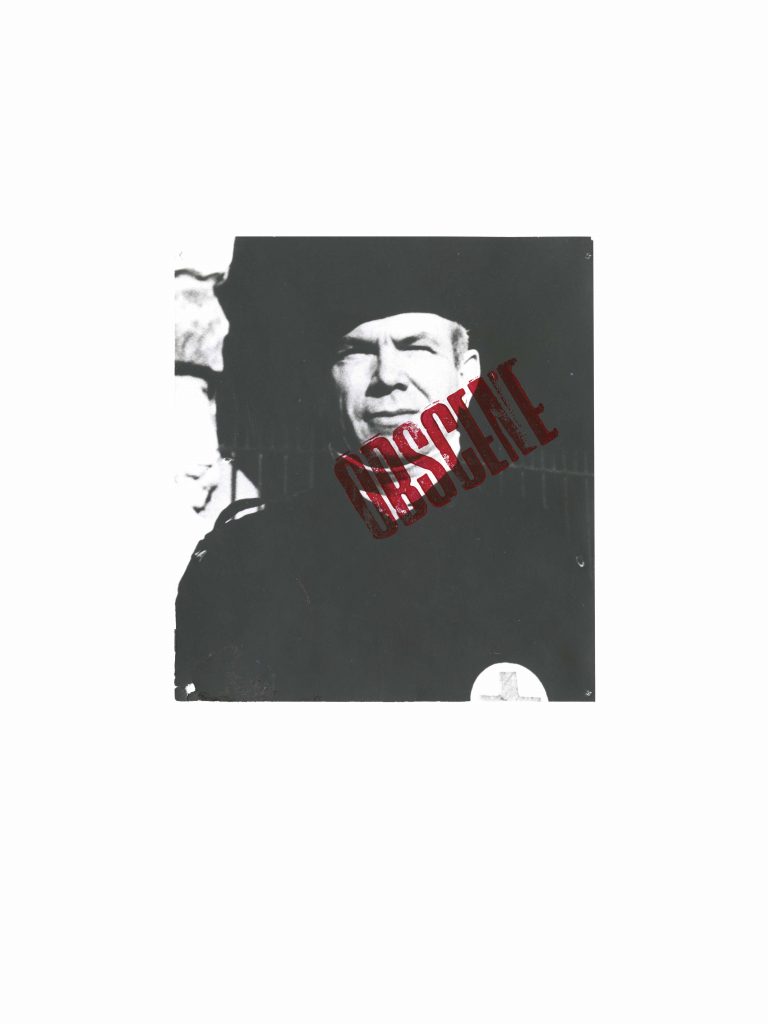
4 of 7 colour digital prints produced in 2016 from the original photographs (Nelligan, Borduas, Riopelle et Bethune)
Collection d’œuvres d’art de l’Université du Québec à Montréal
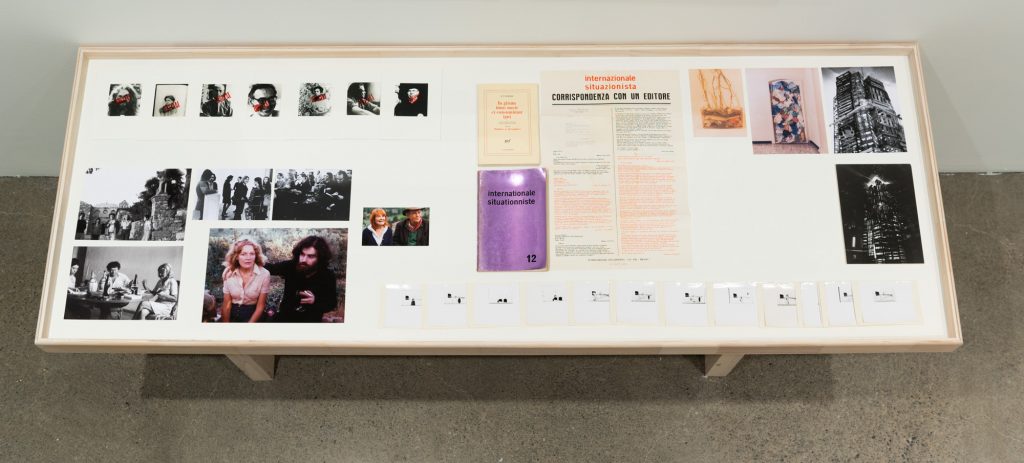
Artwork model, exhibition view of Françoise Sullivan. Radiant Trajectories, 2017, Galerie de l’UQAM
Photo: Galerie de l’UQAM
Obscène, 1976
7 digital colour prints produced in 2016 from the original photographs
62.8 × 47.6 cm (each)
Collection d’œuvres d’art de l’Université du Québec à Montréal
The few remaining traces of La légende des artistes (1976) served as the basis for Obscène (1976-2016), which was executed forty years later. The title derives from a word used by Montreal municipal authorities in 1976 to describe works in Corridart, an exhibition mounted in conjunction with the Montreal Olympic Games that year. In 2016, when the exhibition Radiant Trajectories was being prepared at the Galerie de l’UQAM, the portraits of notable cultural figures who had been the subject of La légende des artistes surfaced in the artist’s archive. There are seven colour digital prints made from photos of Émile Nelligan, Paul-Émile Borduas, Claude Gauvreau, Jean Paul Riopelle, Norman Bethune, Gilles Hénault and Armand Vaillancourt with the word “obscene” stamped in red on each one. The work brought Sullivan’s “legendary heroes” back to life. They survived the offense and censorship that put an end to Corridart.
